Cargando...
Recursos educativos
-
Nivel educativo
-
Competencias
-
Tipología
-
Idioma
-
Tipo de medio
-
Tipo de actividad
-
Destinatarios
-
Tipo de audiencia
-
Creador
Lo más buscado
-
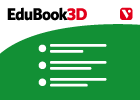
The senses
EduBook Organización
- 3808 visitas
We receive information on what is happening outside our body through our sensory receptors. These receptors are specialised nerve cells that capture stimuli from outside our body. There are different…
-
What plants need
EduBook Organización
- 3827 visitas
1.1. Plant nutrition Nutrition is all of the processes that living things use to convert the foods they ingest. They transform these nutrients into biomolecules that they need to make cells and tissues.…
-
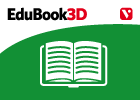
Blood circulation (II)
EduBook Organización
- 3620 visitas
The heart The heart is the organ that pumps blood to all the cells in our body. It is about the size of a closed fist. Its walls are made of muscle tissue. The heart contains four chambers: The two top…
-
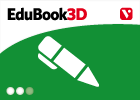
Answer. Unicellular and multicellular organisms
EduBook Organización
- 3412 visitas
Remember what you have studied in this section and answer the questions: What are organisms made up of a single cell called? How do they reproduce? What do we call living things that are made up of many…
-
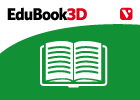
Human reproduction and sexual differences
EduBook Organización
- 3340 visitas
Human reproduction Humans start life as a single microscopic cell in the wombs of their mothers. This cell is called a zygote. The zygote is formed by the union of two cells: the ovum (or egg cell) from…
-
Unit 4: Animal reproduction
EduBook Organización
- 1 lo usan
- 3112 visitas
Break off (v): to become separated from the main part of something. bud (n): a group of cells which differentiates and breaks off an animal to create a new individual by asexual reproduction. budding…
-
End-of-unit activities - The Earth, a Living Planet
EduBook Organización
- 3033 visitas
The existence of water and a protective atmosphere were key elements for the appearance of life on Earth. The first cells appeared 3.5 billion years ago. From these early forms of life, different groups…
-
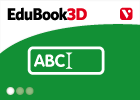
Complete. Cellular respiration
EduBook Organización
- 3033 visitas
Complete this text with the correct words: lungs - cellular - bloodstream - carbon dioxide - energy - exhale - blood vessels - heart Blood containing oxygen passes from the to the . The heart pumps the…
-
True / False. The heart
EduBook Organización
- 2792 visitas
Are these sentences true or false? The heart is the organ that pumps blood to all the cells in our body. The heart is about the size of a football. The walls of the heart are made of muscle tissue. The…
-
End-of-unit evaluation - The Earth, a Living Planet
EduBook Organización
- 2768 visitas
The existence of water and a protective atmosphere were key elements for the appearance of life on Earth. The first cells appeared 3.5 billion years ago. From these early forms of life, different groups…
Te estamos redirigiendo a la ficha del libro...













